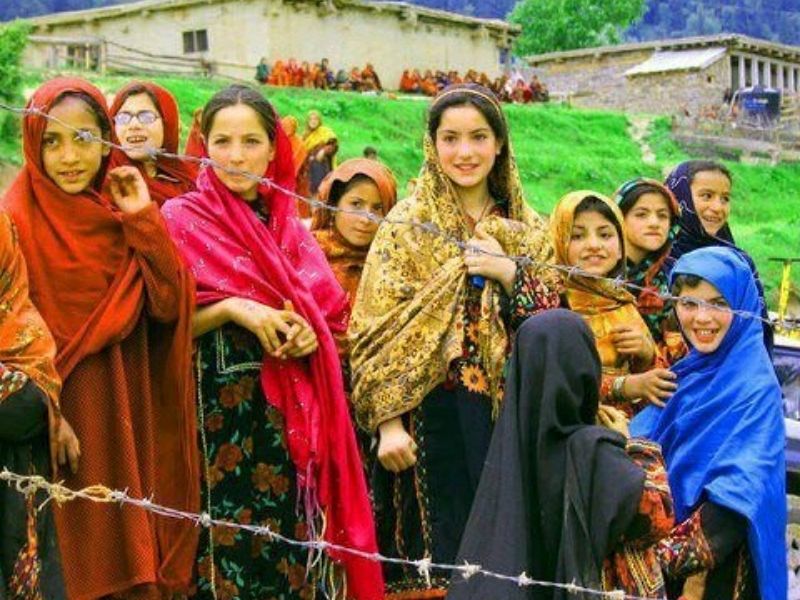This is the first time that a full-fledged state of the Indian Union has been converted into Union Territories – Jammu & Kasmir and Ladakh. According to the Jammu and Kashmir Reorganisation Act 2019, the districts of Kargil and Leh form Ladakh and the rest make up the Union Territory of Jammu and Kashmir.
On August 5, it was announced in the Rajya Sabha to divide the state into union territories and it finally came into effect on the birth anniversary of Sardar Vallabhbhai Patel. Henceforth, the centre will have direct control over the law and order and police of the newly-formed union territories. They will be headed by Lieutenant Governor (LG) Girish Chandra Murmu and RK Mathur.
Plus, the number of states in the country is 28 now while the number of union territories increased to 9. Furthermore, the Constitution of J&K and the Ranbir Penal Code will cease to exist from today.
So, what else changes?
- J&K will have its own Legislative Assembly with an increased number of seats.
- Right to Information (RTI) and Right to Education (RTE), which were not applicable in Jammu and Kashmir, will come into force now.
- Indians from other states of the country can own property and settle in the Union territories.
- No Islamic law will restrict women in J&K to work and get educational degrees.
- The Comptroller and Auditor General will be able to scrutinise government expenditures in both the UTs.
- The Union Territory of Jammu and Kashmir will have an assembly like Puducherry, while Ladakh will be a Union Territory with no assembly body on the lines of Chandigarh.
- The Jammu and Kashmir Reorganisation Act lists 83 constituencies. Earlier, the Assembly had 87 members excluding the seats reserved for Pakistan-occupied Kashmir. The Election Commission will now carry out a delimitation process in the UTs. The Act states that J&K Assembly will have 107 seats (including 24 vacant ones for PoK) which will be increased to 114 after delimitation.
- The delimitation process is also set o balance out the number of seats distributed over the UTs. Earlier, Kashmir had 46 seats, Jammu 37 and Ladakh had 4 seats only.
- The tenure of J&K Assembly will be five years now compared to six years earlier.
- In the Lok Sabha, J&K will have 5 MPs while Ladakh will have 2.
- Laws passed by Parliament are now applicable to both Jammu and Kashmir and Ladakh, for example, Article 370.



























